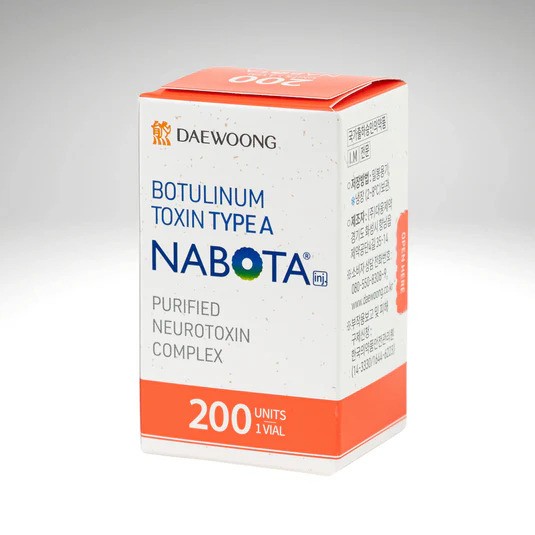
Whether you’re prepping for a tattoo session, undergoing a minor cosmetic procedure, or simply want to manage discomfort from skin irritations, skin-numbing creams can be a game-changer. These topical anesthetics are widely used for their ability to temporarily block pain signals, ensuring comfort during a variety of skin treatments.
In this article, we’ll dive into what skin-numbing creams are, how they work, their common uses, safety considerations, and tips for effective application.
What is a Skin-Numbing Cream?
Skin-numbing cream is a topical anesthetic applied directly to the skin to reduce or eliminate sensation in the treated area. These creams typically contain active ingredients like lidocaine, benzocaine, or prilocaine, which work by blocking nerve signals in the skin.
The effect is temporary, usually lasting anywhere from 30 minutes to a few hours, depending on the strength of the cream and the dosage applied.
How Does Skin-Numbing Cream Work?
The primary mechanism behind numbing creams involves their active ingredients penetrating the outer layer of the skin and targeting nerve endings. Once absorbed, these ingredients temporarily inhibit the sodium channels in nerve cells, preventing the transmission of pain signals to the brain.
Here’s a simple breakdown of the process:
- Application: The cream is applied to the skin in the desired area.
- Absorption: The active ingredient begins to absorb into the skin, reaching the nerve endings.
- Blocking Signals: The active ingredient temporarily blocks the nerves’ ability to send pain signals.
- Relief: Sensation in the area diminishes or disappears, providing comfort.
Common Uses of Skin-Numbing Cream
Skin-numbing creams are versatile and have applications in both medical and cosmetic settings. Some common uses include:
1. Tattoos and Piercings
Numbing creams are often used to ease the pain associated with tattooing or piercing, especially for individuals with low pain tolerance or during long sessions.
2. Cosmetic Procedures
Many dermatological treatments, such as laser hair removal, microneedling, chemical peels, and dermal filler injections, involve a degree of discomfort. A numbing cream can make these procedures more tolerable.
3. Minor Medical Procedures
From vaccinations to minor skin surgeries, numbing creams can help reduce the sting or discomfort of injections and incisions.
4. Pain Relief for Skin Conditions
Numbing creams may also be used to soothe pain or itching caused by conditions like sunburn, insect bites, eczema, or minor cuts and scrapes.
Are Skin-Numbing Creams Safe?
Generally, skin-numbing creams are safe when used as directed. However, it’s crucial to follow the recommended guidelines to avoid potential side effects or complications.
Safety Tips
- Avoid Overuse: Using too much cream or applying it over large areas can increase the risk of systemic absorption, leading to potential side effects like dizziness, nausea, or irregular heartbeat.
- Patch Test First: Test the cream on a small area of skin to ensure you don’t have an allergic reaction.
- Follow Time Limits: Leaving the cream on for longer than instructed can increase the risk of side effects.
- Consult a Professional: If you’re planning to use numbing cream for medical or cosmetic purposes, consult a healthcare provider to ensure it’s safe and appropriate for you.
Who Should Avoid Numbing Creams?
While most people can safely use numbing creams, certain individuals should exercise caution or avoid them entirely, including:
- Pregnant or breastfeeding individuals (consult a doctor first).
- People with a known allergy to lidocaine or other anesthetics.
- Those with skin infections or open wounds in the treatment area.
How to Use Skin-Numbing Cream Effectively
To get the most out of your skin-numbing cream, follow these steps:
1. Clean the Area
Before applying the cream, clean the treatment area with soap and water to remove dirt, oil, or other impurities.
2. Apply the Cream Generously
Use the amount recommended on the product label or by your healthcare provider. Spread it evenly over the area.
3. Cover with Plastic Wrap (Optional)
For deeper penetration and enhanced effectiveness, cover the treated area with plastic wrap. This helps the cream absorb more efficiently into the skin.
4. Wait for Activation
Allow the cream to take effect, which usually takes 20-30 minutes. Some stronger formulations may require a longer wait time.
5. Wipe Off Excess
Once the cream has numbed the area, wipe off any excess before proceeding with your treatment or procedure.
Popular Ingredients in Skin-Numbing Creams
When shopping for a numbing cream, it’s helpful to know the active ingredients and their effects:
- Lidocaine: The most common ingredient, effective for both minor and moderate pain relief.
- Benzocaine: Often used for temporary relief of itching and pain.
- Prilocaine: Commonly combined with lidocaine for enhanced numbing effects.
- Tetracaine: A potent anesthetic used in some medical-grade creams.
Pros and Cons of Skin-Numbing Cream
Pros
- Reduces pain and discomfort during procedures.
- Easy to apply and widely available.
- Temporary effect with minimal long-term impact.
Cons
- Overuse can lead to side effects.
- Some creams may cause mild irritation or allergic reactions.
- Not all creams are equally effective; quality matters.
Conclusion
Skin-numbing creams have revolutionized the way we approach painful procedures, offering a simple and effective way to reduce discomfort. From tattoos and cosmetic treatments to managing skin irritations, these creams provide a reliable solution for temporary pain relief.
However, as with any product applied to the skin, it’s essential to use numbing creams responsibly. Follow the instructions, consult professionals when in doubt, and prioritize high-quality formulations to ensure a safe and effective experience.
By understanding how to use skin-numbing creams properly and choosing the right product for your needs, you can make treatments more comfortable and stress-free. Whether it’s for beauty, medical, or everyday applications, these creams are a versatile tool that can make a significant difference in your experience.